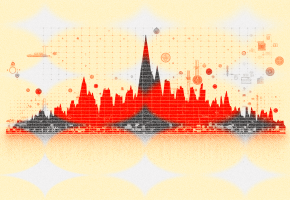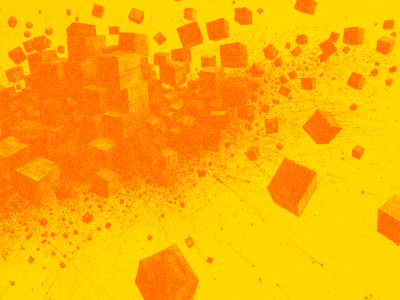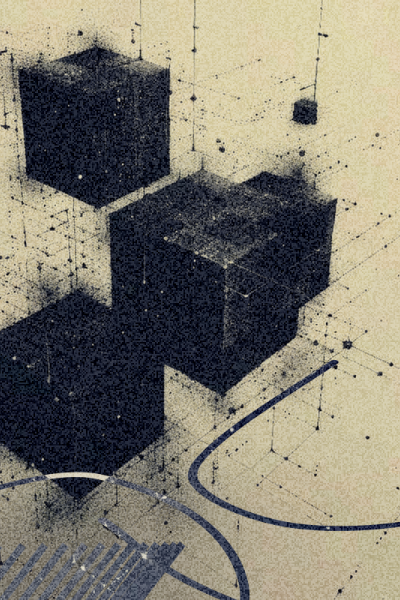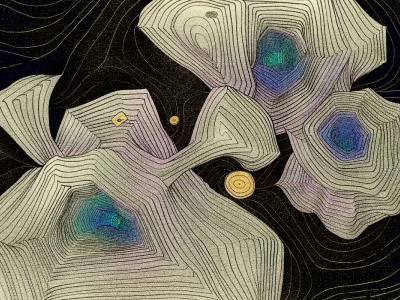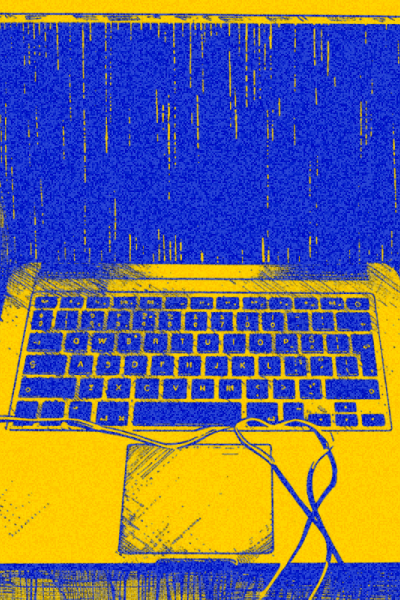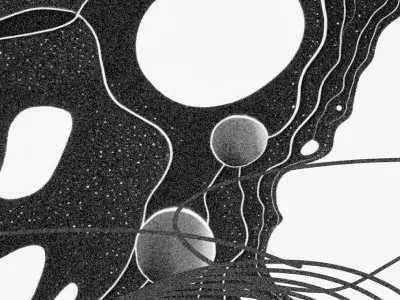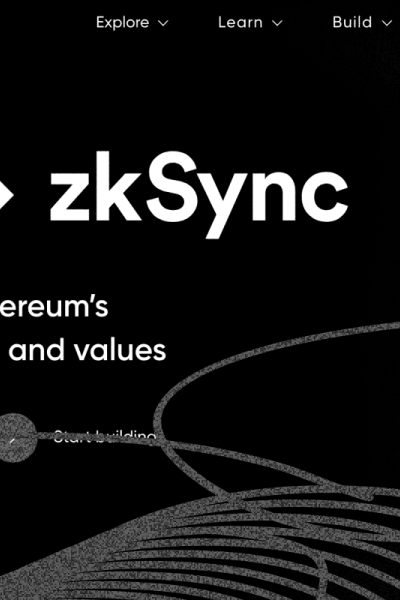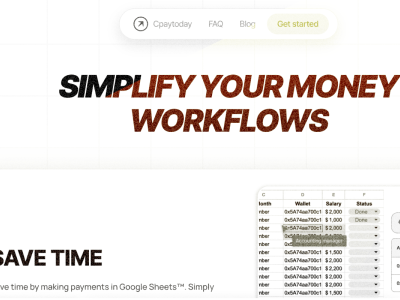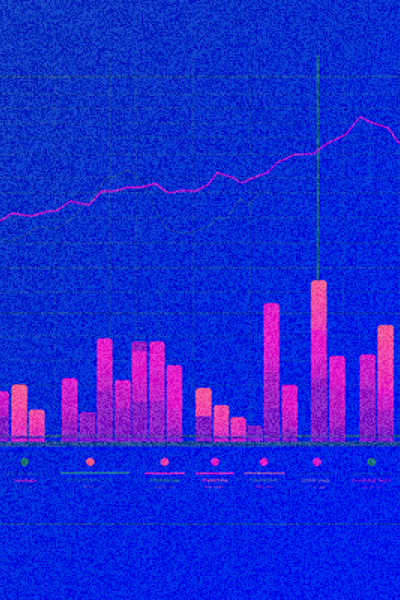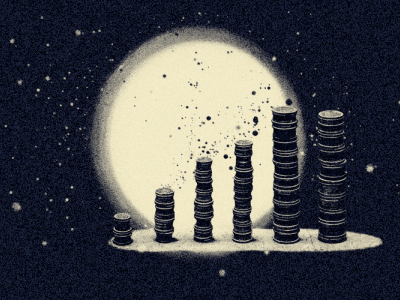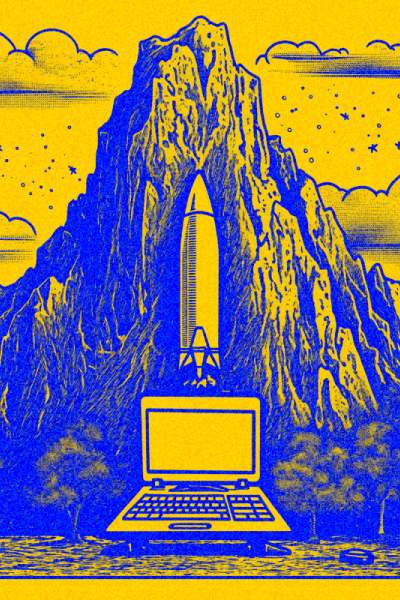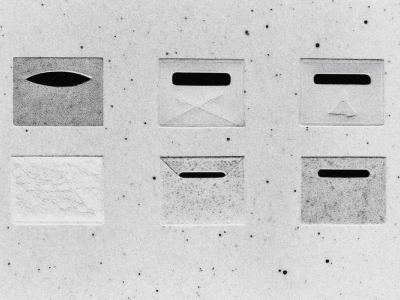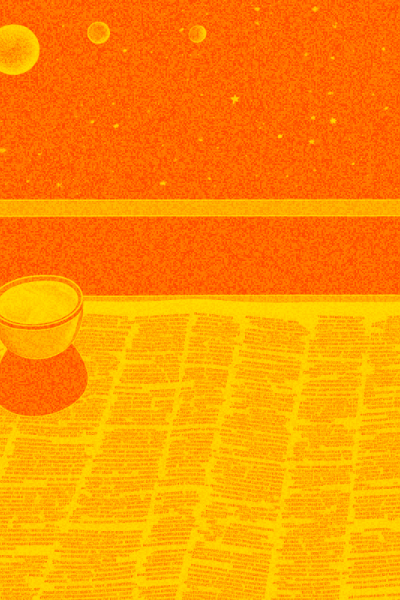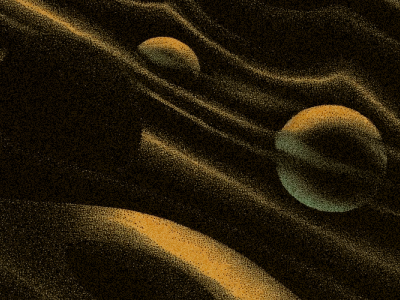A new consensus mechanism
Any blockchain platform uses an algorithm to create blocks and validate transactions. Cardano has implemented a unique Proof-of-Stake (PoS) consensus algorithm known as Ouroboros, which is more secure, energy efficient, and scalable than the Proof-of-Work (PoW) that Ethereum uses.
Consensus is the mechanism that maintains fairness in the unmanaged, decentralized blockchain world. Network users decide how to spend money, how much and how many times. To eliminate the possibility of spending one and the same digital coin several times, Bitcoin came up with the idea of Proof-of-Work consensus algorithm.
Proof-of-Work is based on complex calculations that miners perform to keep the blockchain running. Each new block is formed in the process of solving a cryptographic problem. The performance of miners and the number of new blocks depends on computing power, which, in turn, depends on electricity. Confirmation of the use of a certain amount of computing power (“work”) within one blockchain is a unique value (hash). Ethereum compensates the cost of a unit of computing power to miners at the expense of a commission from each transaction (usually from the sender's wallet).
The Proof-of-Stake consensus does not require the purchase of expensive equipment and the mining of new blocks; instead of miners, validators - owners of the ADA cryptocurrency - participate in the block verification process. Validators must confirm that the transaction is correct - then it is added to the new blockchain block. Unlike PoW, in PoS validators are rewarded for perticipation, not miners. In addition, validators spend much less energy and time solely on transaction validation, which means that transactions are completed faster and cheaper. This is Cardano's advantage over Ethereum and other PoW networks, whose development is seriously hampered by high levels of power consumption.
Hoping to catch up, reduce energy costs and reduce transaction time, Ethereum 2.0 (also known as Serenity) plans to move from a PoW model to a PoS model in the second quarter of 2022. After implementing this upgrade, Cardano will have one less advantage, and Ethereum will have one more argument for its popularity. However, there is no argument in the Ethereum community about switching to a different consensus mechanism: PoS is often criticized as a system that seeks to centralize and strengthen oligarchic control over the project, because the “rich get richer” by receiving rewards for their financial assets. If the American Commodity Futures Trading Commission (CFTC) recognizes Ethereum as an unregistered security as a result of the switch to PoS, ETH is expected to fall in price.
An exploratory approach
The hallmark of Cardano is a research approach and expert mathematical code verification in the development of any new product, service or update; as a result, users feel more confident in what is being offered to them. The Library section of the IOG website regularly publishes academic articles with an overview and analysis of new technologies (as of June 2022, the library has 141 articles). Articles are available to everyone; Comments with questions, bug reports or lifehacks are encouraged and can be left publicly or sent privately as each document is viewed. The creators of Cardano emphasize the importance of community participation in platform trials and invite everyone to influence the creation or change of blockchain software: “The meaning of collective innovation is that thousands of people are going to build and bring something new, new experience to the world. It will be fun, ”the slogan greets users on the main page of the new IOG website.
More than that, Cardano is scientifically planning to develop updates and study data from research and peer-reviewed experiences on the blockchain. Each item of the Cardano plan is dedicated to solving a specific problem, is included in the development map, and bears the name of a cultural figure of the past:
- The Byron era - the founding of Cardano and the emergence of the ADA cryptocurrency (2017);
- The Shelley era - decentralization (2020);
- The Goguen Era - smart contracts (2021);
- The Basho Era - scalability (2022)
- The Voltaire Era - management (in development).
The plan supposes the possibility of adjustment depending on how the market changes and how the currency develops. According to Tim Harrison, VP of Community and Ecosystems at Input Output Global, 2022, which marked the dawn of the Basho era, the network optimization work is scheduled and it will help Cardano scale and become more functional.
Separation of cost and computation
Cardano separated cost accounting from computing and created a two-tier blockchain architecture, borrowing the principle of separation of concerns in data transfer from the TCP / IP network protocol stack. Ethereum processes transactions and smart contracts at the same level, which otherwise involves centralized decision making (this is contrary to the blockchain principle), threatens user privacy, overloads networks, and slows down transactions.
The Cardano Settlement Layer (CSL) is used for ADA transmission and provides network speed. CSL provides support for KMZ sidechains to interact with other blockchains, supports multiple signature types for enhanced security, and supports two sets of scripting languages, Plutus and Marlowe.
At the Cardano Computational Layer (CCL), smart contracts are deployed and DApps are launched. Developers can create compatible applications in Plutus and Solidity languages. In addition, CCL ensures that data storage and operations comply with the laws of different countries.
UTXO improvement
Cardano took into account the experience of not only Ethereum, but also Bitcoin. To manage the balance and exchange transactions and messages, Ethereum uses an Account-based model. Each Ethereum account has a specific state and an Ethereum address; To manage an account, you need to create an Ethereum wallet. In the Account-based model, balances are stored as a global account state, where the account state is mapped to the account address. The global state is updated with every block. This is similar to the database, which in Ethereum is called the Merkle prefix tree.
Cardano, like Bitcoin, uses UTxO - only in the augmented and extended version of EUTxO (Extended Unspent Transaction Output). UTxO is an alternative registration and verification model to accounts. In short, UTxO is the remainder of previous transactions that can be used as input for future ones (if it’s not very clear, here is a video, after which there will be no questions about what UTxO is).
The difference between UTxO and the Account-based model is that the global state of UTxO is a graph of all transactions, spent and unused, and the global state of accounts is only a set of accounts and their balances. The global UTxO state is expanded by adding new UTXOs - old UTXOs cannot be changed (whereas the old account is simply replaced by the new one).
The advantage of the UTXO model is enhanced cybersecurity and fraud prevention due to the difficulties in tracking coin owners, such as the lack of a permanent address and a single account.
In Cardano, UTxO has received new features. In addition to the sender's address and the transfer amount, EUTxOs can contain Datums that are not carried by traditional UTxOs - these are additional data or state that is required for the program to work. The data can be arbitrary and change on different EUTxOs (while the data structure remains unchanged for a particular script). Datum may be needed to validate the transaction, since inside the transaction there is only information from EUTxO. For example, to exchange one token for another within a transaction, you need to request an exchange rate from an external source; the source sends its EUTxO to the transaction, where the Datum contains the exchange rate.




